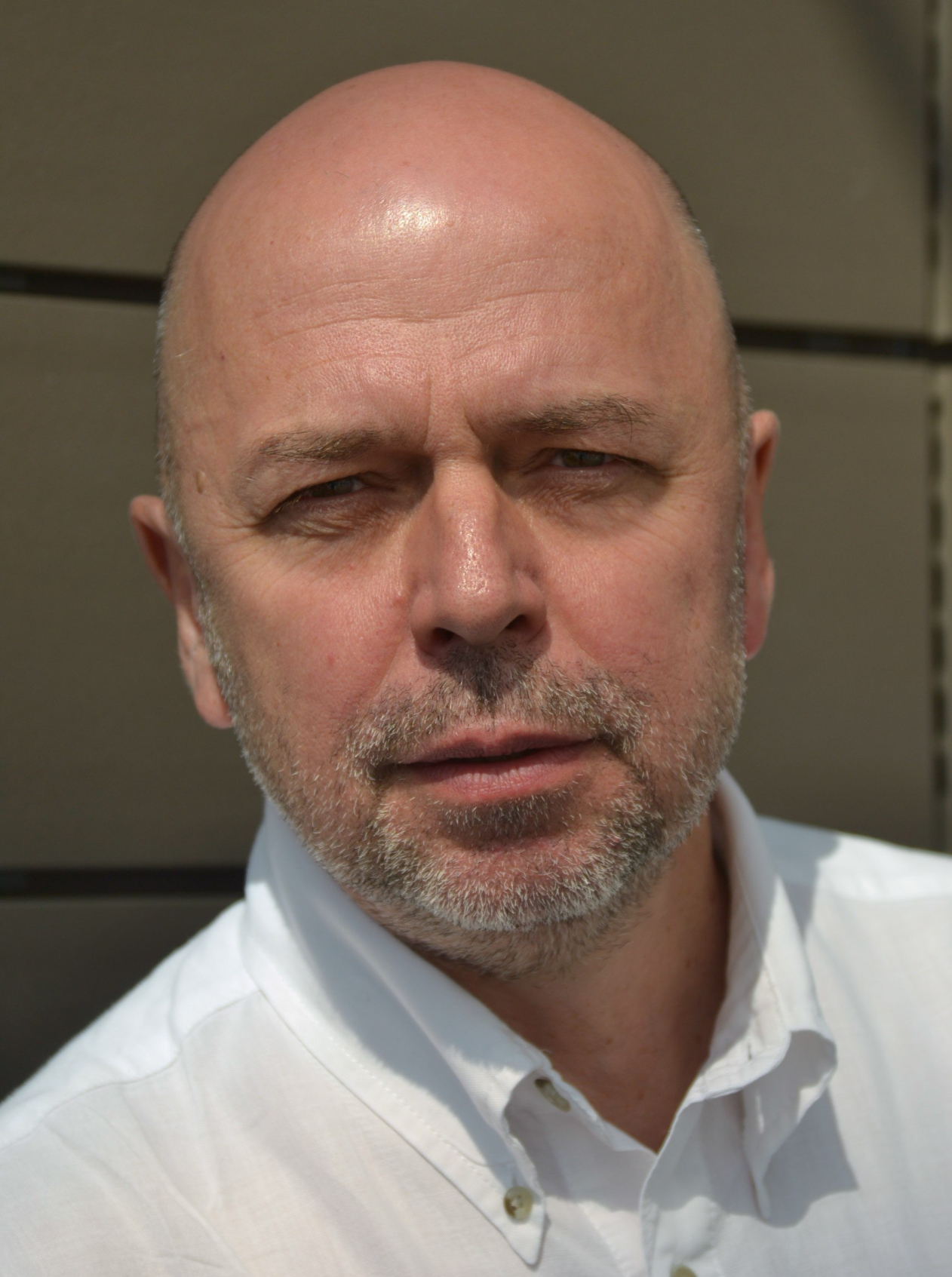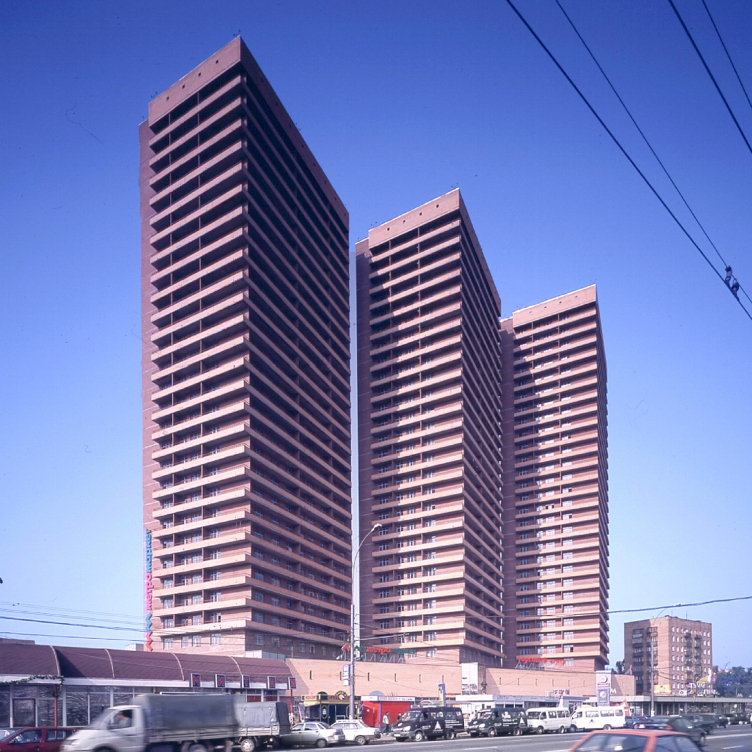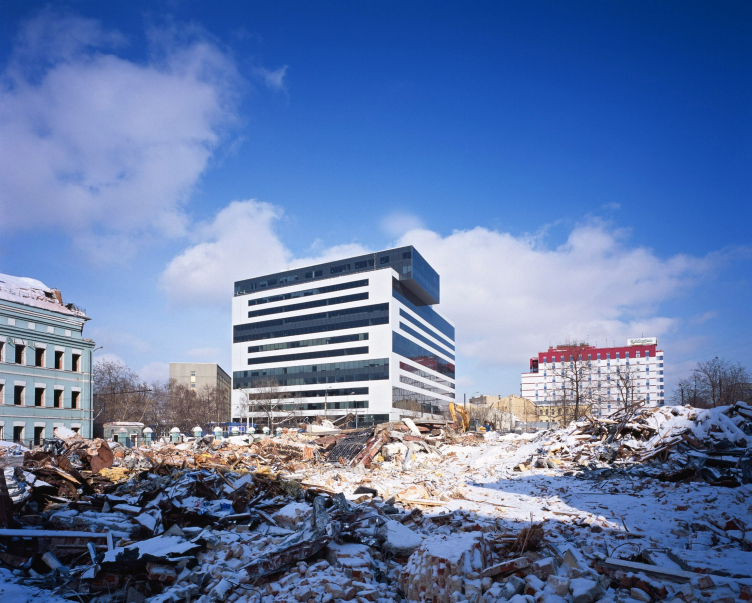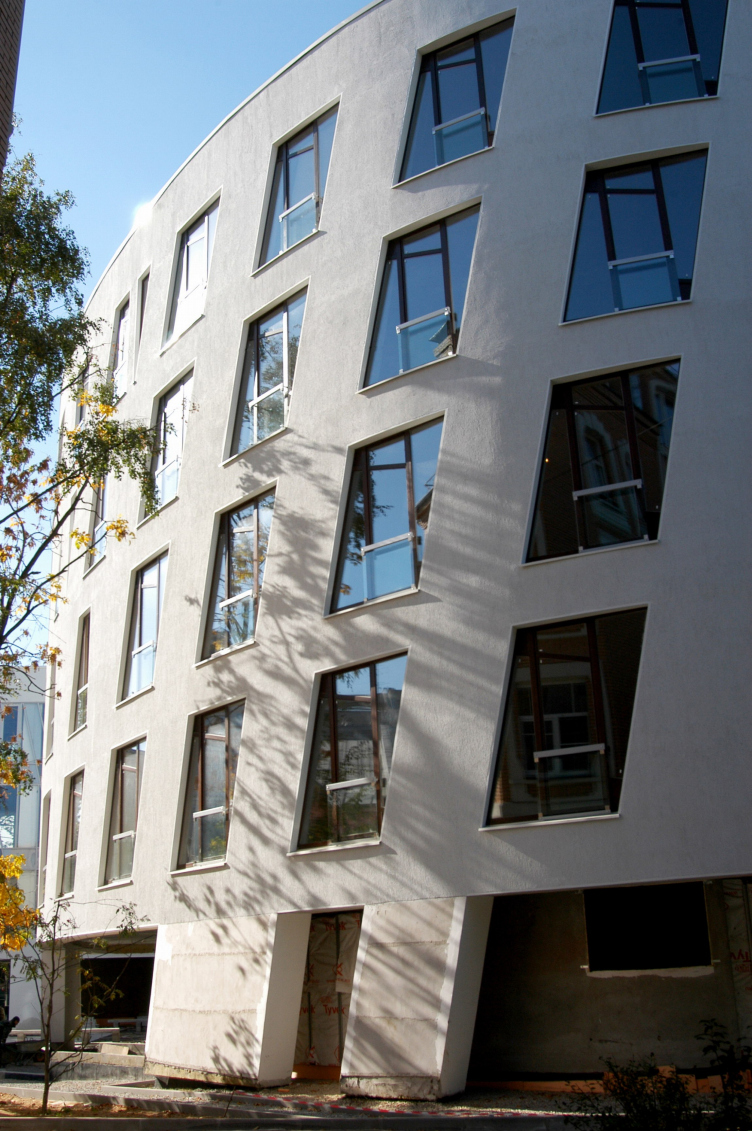When I came
to do an interview with Andrew Gnezdilov in "Ostozhenka" bureau, I
was able to see part of the corporate seminar dedicated to the development of
Archi.ru
What are
your impressions of working on the concept of development of Moscow Megalopolis
area?
Andrew
Gnezdilov:
Frankly
speaking, I am happy to be doing this work.
And what do
such panel discussions give you?
Conversation
per se is an indispensable part of this kind of work. We always discuss things.
We speak to the writer, historian, and architect Andrew Baldin. We speak to
Arkadiy Tishkov, associate director of
The thing
here is you do not have to create a project from scratch. Rather, it's like
making a diagnosis and suggesting a treatment: it is obvious that this city is
unhealthy. A city is an organism rather than a mechanism: a lot of complex systems
that are interconnected. What you have to do here is examine these systems
separately, send them to different doctors, if you like, and then study the
connections between them just as diligently.
Are you an
advocate or an opponent of cars?
In some
cases I will drive my car, in some - use the public transportation.
Our city is
not the perfect place to live in, regardless of whether you are driving your
car or use the public transportation. The situation is significantly better
downtown but beyond the Third Transport Ring it is a different world with laws
of its own. But then again, it is not quite city out there, rather, the
proverbial metropolitan area that consists of neighborhoods built in place of
the former villages and settlements. The connection between them is rather poor
because our city has been developing on a star-like model, just like any
single-nucleus megalopolis. Besides, the star shape of the city is very characteristic
of the centrally-controlled power that we have here.
Speaking of
the powers that be - are you going to literally implement the decision of the
city authorities and use in your project the southwest territories recently
adjoined to Moscow?
The contest
regulations do not contain any specific requirements to build something on this
particular territory. Here's how the task runs: development of the joined
territories in connection with the old
Now you are
working on the giant project of
With
Speaking on
the particular subject of Ostozhenka neighborhood, the key idea was that you
cannot reorganize the city based on the principles that are aliens to it, that
are forced on it from elsewhere. It was then that we turned for guidance to the
old "Moscow Statute" that was adopted in the middle XIX century and
contained simple but very wise fundamentals, an important rule for a fire wall,
for instance, according to which the wall of the house located at the end of a
land plot was to be built completely blind so that in case of a fire the neighboring
house would not catch. Apart from that, in Ostozhenka case, the main planning
module for us was the territory of the historical households - we did quite a
bit of research, established their boundaries, and did our planning in accordance
with these boundaries.
This was
back in 1989 - still living in
But there must be a
multitude of layers as well: the medieval city, then the capitalist one, then
the modernist town planning...
This is a
scar. But it will heal in time.
Actually,
there is nothing heroic about humans changing the landscape. The landscape will
always ultimately get an upper hand. I am quite the fatalist in this sense.
What is
your favorite project?
Well, it's
the Big Moscow, as a matter of fact. This is probably the ms exciting project
for me. Out of the other projects, it's hard to tell. "Embassy House"
promised to be my favorite but as far as the quality of construction work is
concerned, especially in the details, it turned unsatisfactory for me. Besides,
the critical reviews started to compare it to Melnikov house, which is not
correct.
You did not
think of Melnikov at all when you were designing that one?
Not at all,
and I have always denied that. Our facade with its triangular and
diamond-shaped windows is not a formal or decorative "stylistic
device" but a solution that sprang out of necessity: the land plot was
tight, and we made a pedestrian passage on the level of the ground floor. We
also turned the wall above it into an arched girder, very much like a bridge.
Here we worked with a great engineer Mityukov who sadly tragically died later
on. He had a passion for doing this work and we ultimately got a house that was
great from the construction standpoint. I think that all of its artistic merits
are based on the successful engineering solutions. So, this house must be my
favorite.
So,
designing a tiny pedestrian passage running along the house and designing on a
megalopolis scale - these two things are of equal interest to you?
Well, yes!
Besides, as a rule, I have to do both at a time.
It is a
common misconception that architects are the guys that draw the facades.
Because we use the urban fundamentals in our work! We work with loads of
information, deduce the regularities and consistent patterns in order to
understand how we should be developing this or that area.
I recently
bought a pair of anti-glare glasses, the kind that is made for drivers or for
fishermen. You put them on and they cut off the flares, cut off things that you
don't need so you can now see what's important, things you could not see behind
the ripples. We do just about the same thing: we try to see how things operate,
foresee the development logic, if you like. There is nothing mystical or
mysterious about it, everything is as rational as it can be, if only you might
need some intuition.
How did Alexander
Skokan influence you?
We really
go back a long way; you can say that I grew up by his side: back then I was 30,
now I am 55 - I have known him practically my whole life. This man has an
amazing intuition. To have a vision of the possible future - I guess he can do
it like nobody else can. He is not some sort of medium, of course, just a very
intelligent and insightful person. I guess I am really lucky to work with him.






































